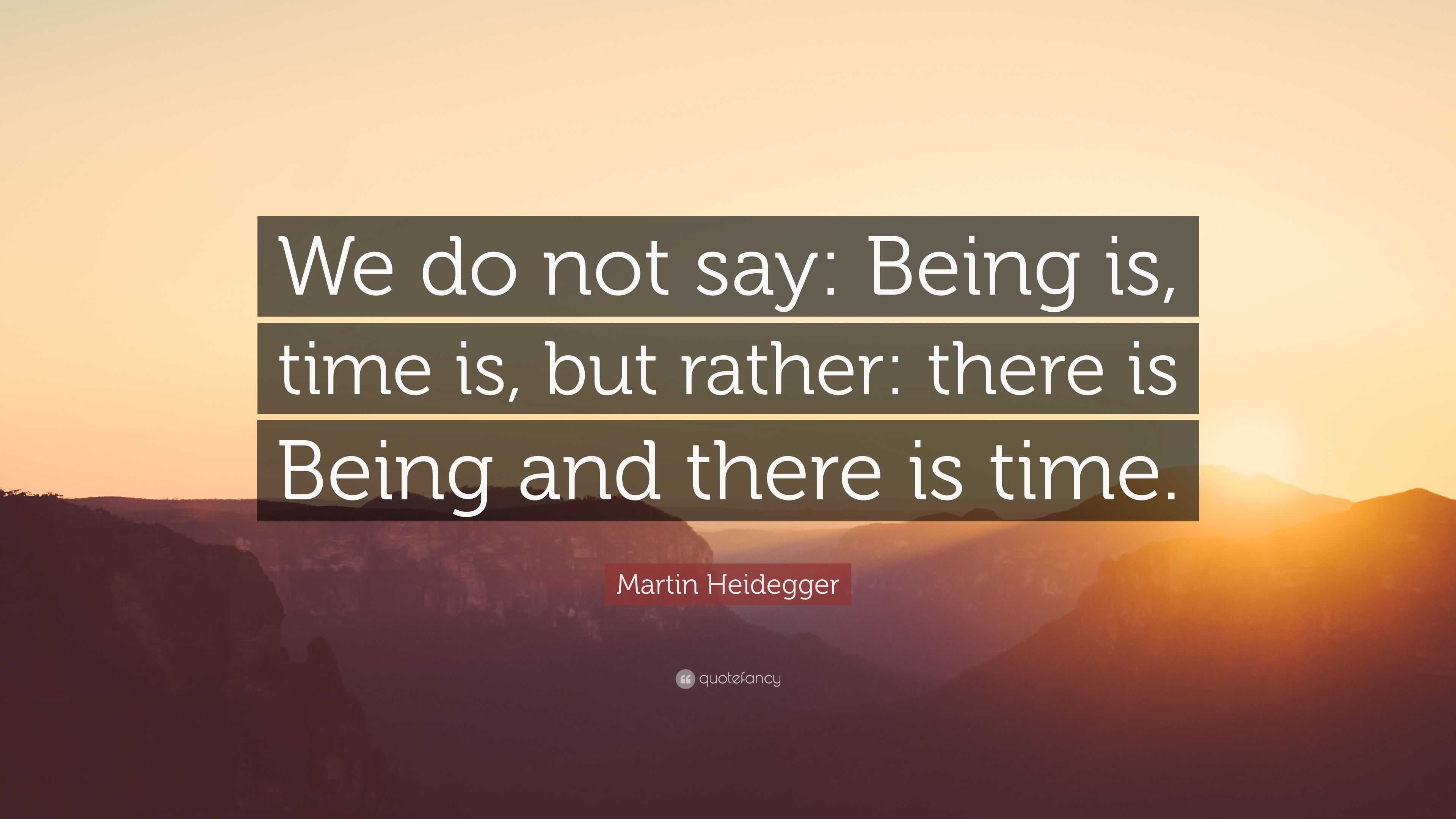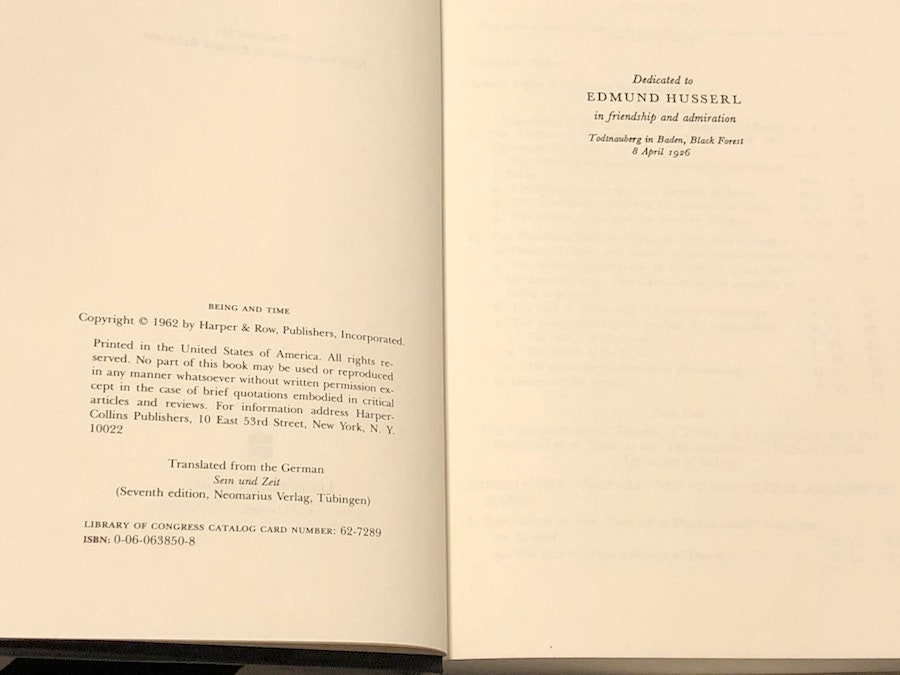

The treatment of Dasein's historicity, which it concludes, has indeed received some special attention by readers and scholars, but not nearly so much as the work's Introduction, the analytic of being-in-the-world in Division One, or the interpretation of being-towards-death, for example.


In considering this "draft" of that larger work, one is most struck by how its opening chapter, the review of Dilthey and Yorck, titled "Dilthey's Key Concerns and Yorck's General Outlook," is then later, with very few changes, placed towards the end of Being and Time (as Section 77, near the end of Division Two, concluding the chapter on "Temporality and Historicality.") In the context of Being and Time, the discussion of Dilthey and Yorck - in fact, more a series of long quotations from Yorck's letters - may appear to be an unnecessary, even obtrusive, appendage. Nevertheless, for what it reveals about the project of Being and Time, The Concept of Time is in many ways a rich and interesting little work. The Concept of Time, one should note, cannot be said to stand on its own, as there does not seem to be any significant question or theme in it that is not treated with greater clarity, thoroughness, coherence, and depth in Being and Time. Farin's English translation of The Concept of Time may then be of special interest to those who are already familiar with Being and Time, as well as those scholars who wish to explore Heidegger's early thought. This text can thus be considered the "first draft" of that great work. However, while the work begins with the review in its first short chapter, it immediately thereafter unfolds into an early version of what will two years later become the analytic of Dasein in Being and Time. According to the translator, Ingo Farin, The Concept of Time was initially composed as a review article of the then recently published correspondence between Wilhelm Dilthey and Count Yorck von Wartenburg. One should not confuse this text with either the identically titled lecture given by Heidegger at Marburg in July 1924, or the similarly titled 1925 lecture course, History of the Concept of Time (Indiana University Press, 1992). This book is a translation of Martin Heidegger's Der Begriff der Zeit, a text that was written in 1924 but published only in 2004 as Volume 64 of Heidegger's Gesamtausgabe.


 0 kommentar(er)
0 kommentar(er)
